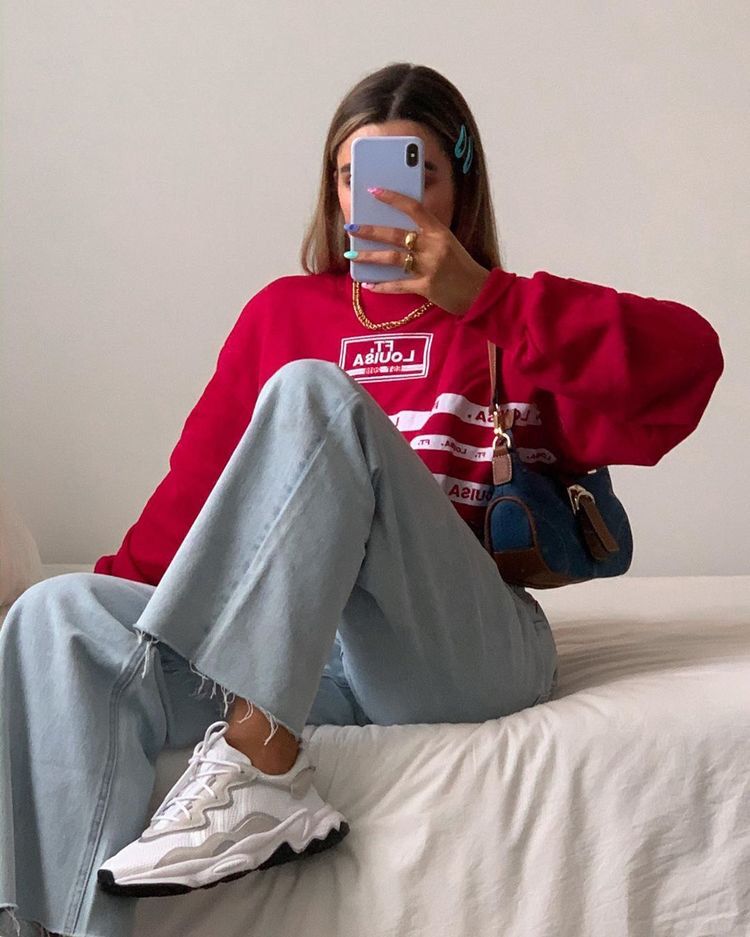Introduction
The year 2025 marks a profound shift in the way fashion is perceived, created, and experienced. No longer confined to fleeting aesthetics or predictable seasonal cycles, clothing has evolved into a complex language through which identity is continuously rewritten. Fashion forward no longer refers solely to the avant-garde runway; it has become a broader cultural manifesto, a declaration of how individuals and societies use garments to represent values, emotions, and visions of the future.
Clothing in 2025 is a reflection of changing cultural priorities: sustainability is inseparable from beauty, inclusivity defines luxury, and innovation drives everyday wear. Fashion has become the medium through which people negotiate their individuality in a hyper-connected world. The act of dressing is now an expression of empowerment, a choice that blends artistry with ethics, tradition with progress, and material with digital.
This reinvention of identity through clothing is not about abandoning heritage but expanding it. In 2025, wardrobes tell stories of resilience, creativity, and belonging. From AI-powered personalization to regenerative fabrics, from streetwear’s cultural dominance to haute couture’s revival of craftsmanship, the landscape of style is both futuristic and deeply human. Fashion forward thinking reveals how garments transcend mere aesthetics to become catalysts of cultural transformation.
The Evolution of Fashion as Identity
Fashion has always been intertwined with identity, but in 2025, the relationship is amplified by technology, cultural blending, and new understandings of individuality. Clothing choices are now recognized as an extension of selfhood, not superficial decoration. What one wears communicates values, affiliations, aspirations, and even political stances.
Personal identity is no longer defined by rigid categories of gender, class, or culture. Instead, clothing enables fluid expression across multiple spectrums. Unisex designs, adaptable silhouettes, and customizable textiles create space for individuality that is unbounded. A shirt can transform into a tunic, a dress can shift into separates, and footwear adapts to different terrains. These transformations mirror the multifaceted identities of wearers who resist confinement to singular definitions.
The evolution of identity through clothing also speaks to collective belonging. Globalized fashion in 2025 brings cultural aesthetics from Africa, Asia, Latin America, and Europe into a shared dialogue, while respecting origins and narratives. The sari-inspired wrap dress, the kimono-influenced jacket, and the streetwear rooted in urban movements coexist as threads in a global fabric of style. This fusion emphasizes that identity is both personal and collective, shaped by shared histories and future possibilities.
Technology as a Catalyst for Reinvention
The integration of technology into fashion has revolutionized not only how garments are produced but also how they are worn and perceived. Smart fabrics embedded with sensors allow clothing to adjust to climate, monitor health, and adapt to physical activity. Imagine a jacket that cools itself on a warm day, or shoes that provide posture correction in real time. These innovations are no longer prototypes but everyday realities.
Artificial intelligence curates personalized wardrobes, analyzing preferences, schedules, and even moods to suggest daily outfits. Augmented reality fitting rooms and digital mirrors enable shoppers to explore endless styling options without physical limitations. Virtual garments, sold as NFTs, allow individuals to build digital identities that coexist with physical ones, pushing the boundaries of what “clothing” means.
Technology has also democratized design. Independent creators, empowered by 3D printing and digital marketplaces, can share their visions globally without the infrastructure of traditional fashion houses. The result is a landscape where identity is not dictated by brands but co-created between designers and consumers, blurring the lines between creation and consumption.
Sustainability as a Statement of Self
Fashion forward identity in 2025 cannot be separated from sustainability. Garments are no longer judged solely by their aesthetics but by the ethics of their creation. Consumers expect transparency in sourcing, manufacturing, and labor practices. A shirt is not just a shirt; it is a reflection of environmental consciousness, human dignity, and cultural respect.
Regenerative materials are central to this shift. Fabrics made from algae, bamboo, or lab-grown fibers replace conventional cotton and polyester. Circular fashion systems ensure that clothing can be recycled, repaired, or repurposed, eliminating the wastefulness of fast fashion. Sustainability has become a form of self-expression, where individuals wear their values as visibly as their style.
This commitment extends to luxury as well. High-end brands emphasize craftsmanship, durability, and timeless design, aligning prestige with responsibility. Identity in 2025 is shaped by the understanding that style without conscience is incomplete. Choosing sustainable fashion is not only a personal choice but a cultural statement about belonging to a world that values future generations.
Cultural Fusion and the Global Wardrobe
One of the most transformative aspects of 2025 fashion is the blending of cultural influences into a shared global wardrobe. Clothing is no longer confined by geography; instead, it is a dialogue across borders. African textiles inspire European tailoring, South American embroidery enriches minimalist Japanese silhouettes, and Middle Eastern draping techniques find their way into casual streetwear.
This cultural fusion does not erase identity but enhances it. Each garment tells a story rooted in tradition while adapting to contemporary needs. The result is an aesthetic that honors heritage while embracing innovation. Wearing a piece influenced by multiple cultures becomes an act of connection, a way of embodying the global nature of identity in 2025.
Digital platforms accelerate this exchange by giving visibility to artisans who once existed on the margins of the global industry. Handwoven fabrics from small villages can reach urban consumers thousands of miles away, ensuring that cultural narratives remain alive while adapting to modern markets. Identity in 2025 is therefore not only reinvented through self-expression but enriched by collective voices across continents.
Conclusion
As 2025 unfolds, fashion emerges not merely as fabric stitched into garments but as a multidimensional language that speaks to the essence of human identity. Clothing has become a canvas of reinvention, a mirror reflecting personal journeys, cultural exchanges, and technological transformations. Every piece worn in this era carries meaning beyond style—it embodies sustainability, inclusivity, and innovation.
The reinvention of identity through clothing highlights a larger truth: fashion is no longer an accessory to life but an integral part of how individuals and societies define themselves. The blending of cultural heritages underscores humanity’s interconnectedness, while advancements in smart textiles and digital fashion demonstrate our desire to merge practicality with imagination. Sustainability ensures that this progress respects both people and planet, weaving ethics into aesthetics.



